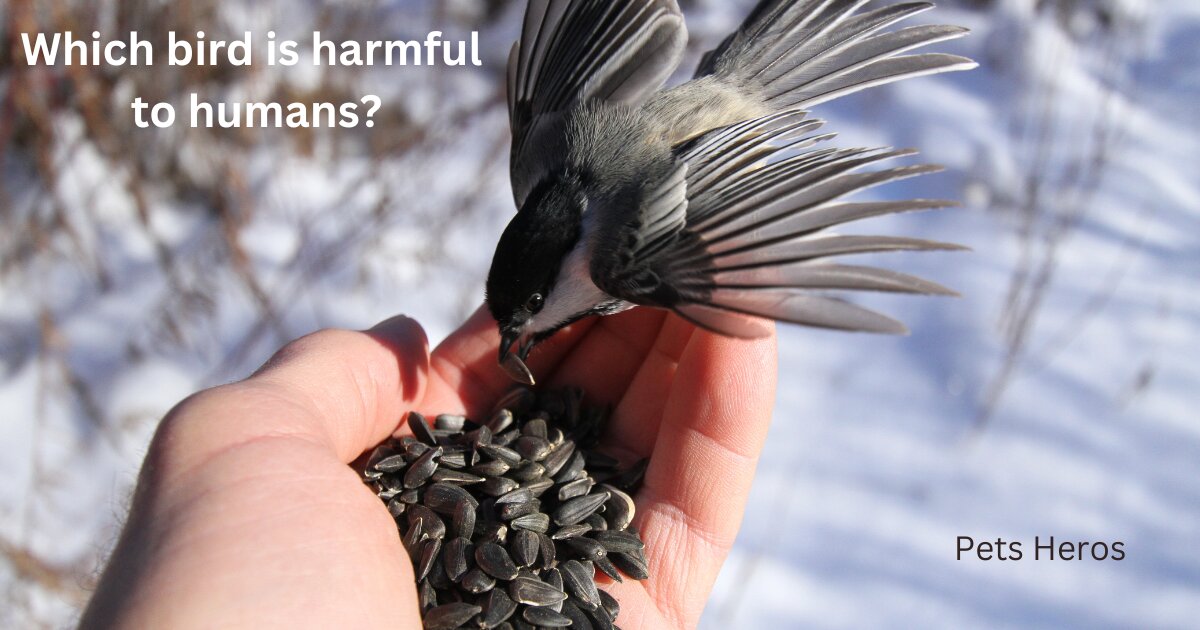Which bird is harmful to humans?: They can cause a lot of damage if provoked or enraged. The attacks on cassowaries can be deadly. A recent attack in Florida in 2019 at a private bird collection was one such instance.
Cassowaries can be found in Northern Australia, New Guinea and the surrounding islands. Three cassowary species are found in the family Casuariidae, which is a subfamily of the Casuarius.
Casuarius casuarius. Southern, or double-wattled, cassowaries are the largest. They have a brightly colored head with two red wattles and black feathers.
They are usually found in lowland rainforests, but they can also be found in eucalyptus or swamp forests.
Casuarius unappendiculatus. The Northern Cassowary is also known as the Single-Wilted Cassowary and inhabits coastal swamps, lowland forests, and the coastal rainforests in northern New Guinea.
Casuarius Bennett. The dwarf cassowary weighs around 50 pounds, which is less than either of the two other cassowary species. [Which bird is harmful to humans?]
7 types bird of breeds are very harmful to humans
- African Gray Parrot
- Cockatoos
- Emperor Goose
- Hooded Merganser
- Greater Flamingo
- Domestic Geese
- Bald Eagle
1. African Gray Parrot
African gray parrots are a popular choice for bird lovers. They have a variety of mimicry skills and can learn hundreds of words and phrases.
African gray parrots are a great pet but they do have some pros and cons. The intelligence of an African Grey Parrot is one of its biggest advantages.
They are constantly looking for ways to challenge their minds and love to learn. African gray parrots are also very funny and enjoy entertaining their owners.
The affectionate nature of an African Gray Parrot is another advantage. They form close bonds with their owners, and they love to snuggle and cuddle. [Which bird is harmful to humans?]
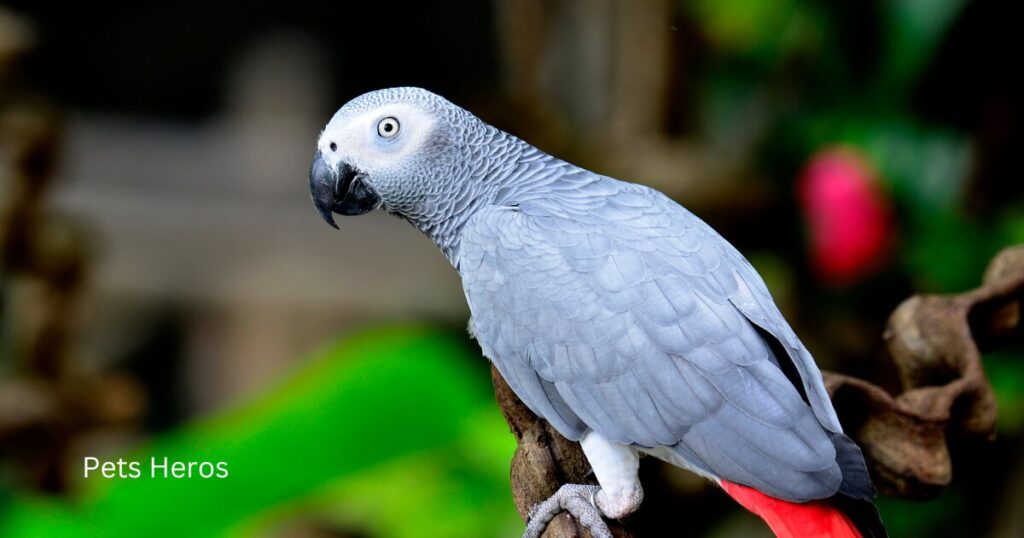
2. Cockatoos
Dancing Cockatoos explains the evolution of animal behavior. It’s a book that argues, in a “nature or nurture frame,” that animal behavior does not evolve as most people believe.
“Nature or Nurture” tempts us to think of instinct as being under genetic control vs. learning behavior, which is controlled by the environment.
If we want to be sophisticated, we can imagine a behavior that is halfway between the two, such as one where learning modifies or polishes a genetically encoded impulse.
Zuk claims that this popular frame of mind is the wrong way to view the evolution and development of behavior.
Dancing Cockatoos argues that behavior is a result of complex interactions between genes, environment and other aspects of an organism’s biology. [Which bird is harmful to humans?]
Read Also: Will birds eat grass seed with fertilizer?
3. Emperor Goose
The intelligence of an African Grey Parrot is one of its biggest advantages. They have the same cognitive ability as a five-year-old and are well-known for their problem-solving skills.
They are constantly looking for ways to challenge their minds and love to learn. African gray parrots are also very funny and enjoy entertaining their owners.
The affectionate nature of an African Gray Parrot is another advantage. They form close bonds with their owners, and they love to snuggle and cuddle.
Social interaction is important to them, and they love being included in family events. African gray parrots have a very long life expectancy. Some birds can live up to 50+ years in captivity. [Which bird is harmful to humans?]
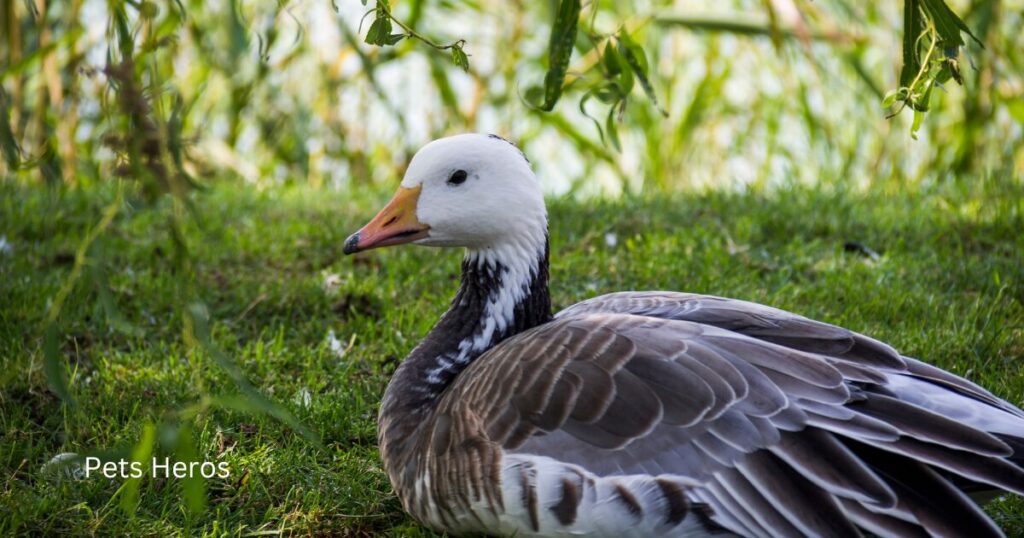
4. Hooded Merganser
The Hooded Merganser is the smallest in North America. ” Hoodies ” have long bodies, slender bills, and roundtails.
The males and females of this species have different plumage. The males have chestnut-colored flanks with white underparts and black upperparts.
Males have a prominent, large white patch on their heads that changes in size depending on whether the crest is raised.
Females and juveniles have a dull, gray-brown color with a cinnamon-colored crown. The juveniles are distinguished from the females by their yellow bills and yellow eyes. [Which bird is harmful to humans?]
5. Greater Flamingo
The flamingo has long been a popular animal. The flamingos are not only attractive because of their coloration and appearance, but they also have a rich life story.
During the breeding season, it can be found in shallow, saline, alkaline wetlands such as coastal lagoons and saltworks.
The species is highly philopatric and has a high dispersal ability outside the breeding season. The migratory patterns of the different populations are also variable.
Greater Flamingos feed in shallow water. It is a filter that uses different feeding methods. Diet is diverse and includes microalgae and seeds of plants, as well as small invertebrates.
This species is considered an ecosystem engineer because it can alter aquatic habitats through its foraging behavior, at least in the short term. [Which bird is harmful to humans?]
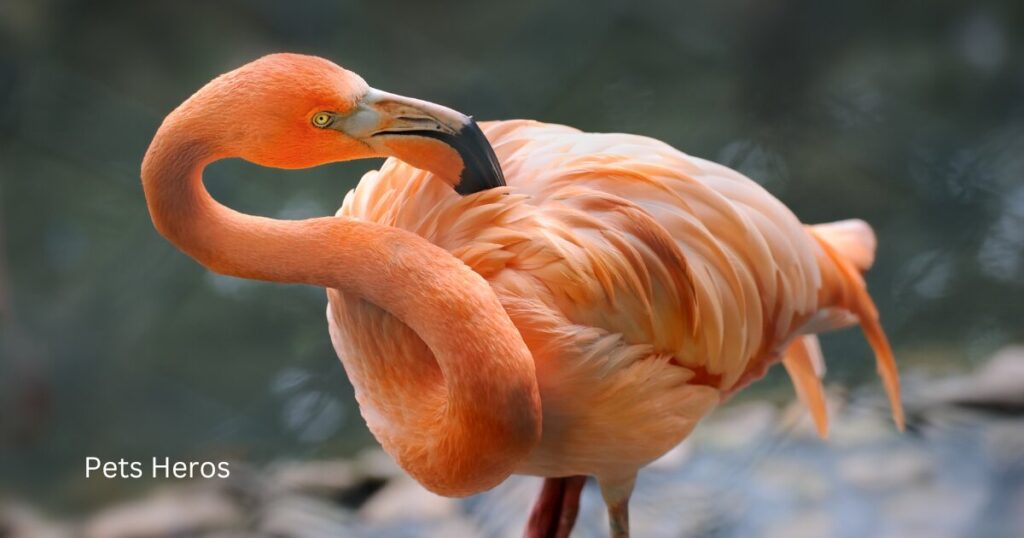
6. Domestic Geese
Over the next few decades, we learned the basics of goosekeeping through trial and error as our flock grew from two to four and then eight to twenty-two.
We had a variety of breeds in our flock, all with different personalities and skills. Since the day I first saw the imprint on the first gosling’s face, geese have been a major part of my life.
The importance of breed selection was one of the first things that I learned when I started learning about geese.
Breeds of geese differ in terms of build, color and personality, as well as use well as popularity. The following breeds of geese were in our flock. [Which bird is harmful to humans?]
Read Also: Which birds eat sunflower seeds?
7. Bald Eagle
The “Bald Eagle: The Unbelievable Journey of America’s Bird” by Jack E. Davis, environmental historian and Pulitzer Prize winner, is a heartwarming story.
Once you get over the fact that Americans have treated these living icons of national greatness for much of our past, it’s a feel-good story.
That neither the president nor Congress have ever made it official) reveals that Americans, both intentionally and unintentionally, devised ways to eliminate these majestic raptors, which some called “the monarchs of the air.”
Davis concludes that “no other animal in American History, and certainly no bird, has been simultaneously the object of reverence as well as recrimination to the same extent.” Eagles have risked their life for centuries flying over the American skies. [Which bird is harmful to humans?]
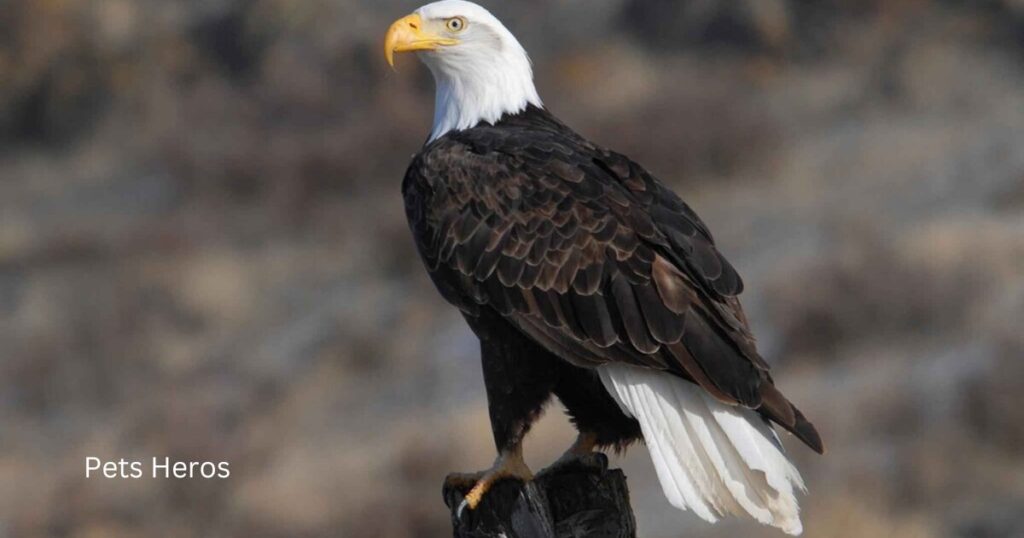
Conclusion:
While most birds do not pose a threat to humans, some species may be dangerous due to their aggressive behavior or physical characteristics.
Cassowaries and domestic geese, as well as ostriches can be dangerous birds when they are feeling threatened or protecting their territory.
Understanding these birds’ behavior and being cautious around them will help to prevent any negative encounters.
Respect for wildlife and an understanding of their instincts are key to safety when interacting with or observing birds. [Which bird is harmful to humans?]
1. Why is cassowary considered dangerous?
Ans: Cassowaries, large flightless birds, have strong legs and sharp claws. They can cause serious injury if threatened.
2. Can ostriches be aggressive?
Ans: Ostriches are aggressive when they feel that their territory has been invaded. Their powerful kicks are dangerous for humans.
3. Can wild turkeys be harmful?
Ans: Wild turkeys may become aggressive during the mating season when they will defend their territory and approach humans with aggression.
